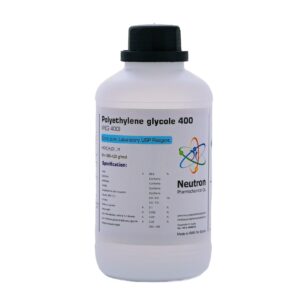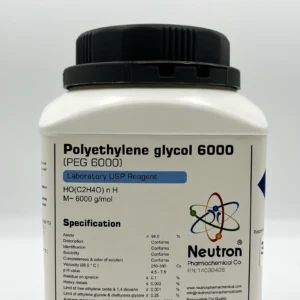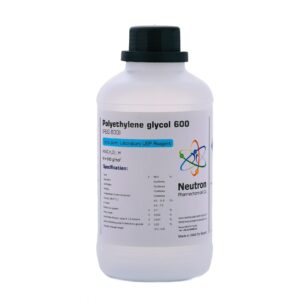پلی سوربات 80(تویین 80)
| Density | 1.1g/cm3 (20°C) |
| CAS number | 9005-67-8 |
| HS Code | 34021300 |
| Storage | Store at 15 to 25 °C |
| SDS | availeble |
| Odour | odourless |
| Form | gel |
| Color | yellow |
| Solubility in water | soluble ( 25 °C ) |
| Solubility in ethanol | soluble |
| Flash point | ~ 149 °C |
| Boiling point | ~ 100 °C |
| Vapour pressure | ~ 10 hpa |
| Viscosity dynamical | 400 -800 mm2/s (25 °C) |
| Description | Conforms | ||
| Identification | Conforms | ||
| Solubility | Conforms | ||
| Acid value | 2.2 | ||
| Hydroxyl value | ≤ | 81 – 96 | |
| Saponification value | 45 – 55 | ||
| Residual on ignation | ≤ | 0.25 | % |
| Heavy metals | ≤ | 0.001 | % |
| Water | ≤ | 3.0 | % |
Polysorbate 80 (Tween 80) is a non‑ionic surfactant and emulsifier known officially as polyoxyethylene (20) sorbitan monooleate. It is a viscous, amber‑colored liquid that is water‑soluble and widely used in food, cosmetic, pharmaceutical, and industrial formulations.
🏭⚗️ Production
Polysorbate 80 is manufactured by esterifying sorbitan (derived from sorbitol) with oleic acid, forming sorbitan monooleate, which is then ethoxylated using ethylene oxide (approximately 20 units) under controlled conditions. This process yields a hydrophilic surfactant capable of stabilizing oil‑in‑water emulsions.
🔬 Properties
Polysorbate 80 is a yellow to amber, viscous, odorless liquid with a density around 1.10 g/mL and a viscosity approximately 300–500 centistokes (at 25 °C). It is fully soluble in water and in organic solvents like ethanol, methanol, ethyl acetate, and oils. It possesses a high HLB value (~15), making it highly effective as a solubilizer for hydrophobic substances, and it remains chemically stable in diverse formulations.
🧪 Applications
• Food industry: Used as an emulsifier in ice cream, salad dressings, sauces, and baked goods—improving texture, preventing fat separation, and enhancing stability.
• Cosmetics and personal care: Serves as a surfactant, emulsifier, and solubilizer for essential oils and fragrances in creams, lotions, shampoos, and bath products.
• Pharmaceuticals and medicine: Acts as an excipient in oral, topical, and parenteral formulations; stabilizes vaccines, enhances solubility of poorly soluble drugs, and aids in drug delivery.
• Laboratory and biotechnology: Used in culture media (e.g., for Mycobacterium tuberculosis), in immunoassays (like ELISA), and for stabilizing protein solutions and membranes.
• Industrial uses: Functions as a dispersant, lubricant, wetting agent, antistatic additive, and emulsifier in coatings, textiles, explosives, and agricultural formulations.






